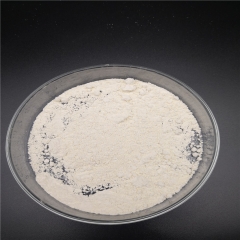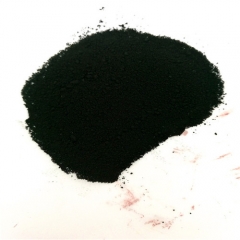Cement foaming agent, also known as foaming concrete foaming agent, refers to an admixture that can reduce the surface tension of liquid and generate a large amount of uniform and stable foam for the production of foamed concrete. Foaming agent is a kind of substance that can make its aqueous...

Different Types of Tin Carbide
tin carbide is a chemical compound composed of one tin atom and two carbon atoms. It is used in a variety of applications including as an additive in tungsten carbide-cobalt cutting tools to minimize grain formation and as a coating on turbine blades and other high-stress components.
Tungsten carbide is a gray powder made by mixing equal parts of tungsten and carbon. It is very hard and scratch-resistant, and is used in many industrial applications where durability and wear resistance are important.
It is also abrasive and can be used in grinding wheels. It is a common addition to other refractory materials and alloys for imparting abrasion and wear resistance and other properties.
Aluminum carbide is a by-product of manufacturing calcium carbide that looks like brown or yellow crystals and dissolves in water. It is often added to metals to prevent the misshaping that can happen over time and is used in metallurgy to reduce the amount of oxides present and as a chemical reaction catalyst.
Silicon carbide is a semiconductor material that occurs naturally and rarely with the molecular formula SiC. It is a solid with high thermal resistance, which makes it useful for use in car clutches, ceramic plates, bulletproof vests and foundry crucibles.
Boron carbide is a hard refractory ceramic material that is used for nozzles of sandblasters and tank armor, security padlocks and other specialized applications. It is also used as a neutron absorber in nuclear reactors.





